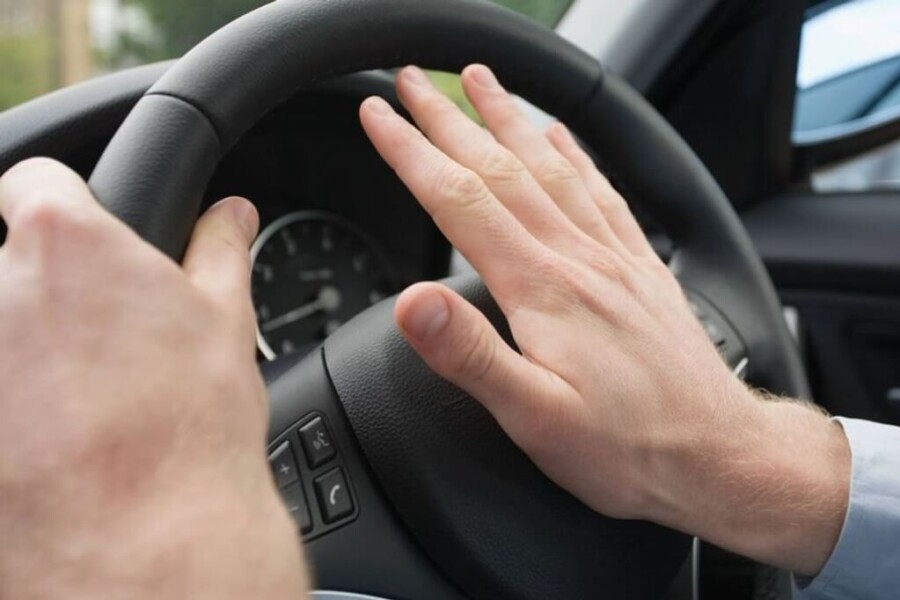When it comes to proper driving, we may sometimes need to refresh our memory on some aspects — occasionally as obvious as using the horn. And the fact is that acoustic signals are not always allowed. In fact, their use is restricted to very specific situations.
In today’s article, as an automobile glass workshop specialising in the motor world, we explain a bit more about the horn and its correct use. Also, remember that thanks to our more than 240 workshops specialising in replacing glass on all types of vehicles, windscreen wipers, performing car ozone disinfection, and the option to request car glass replacement at home if you need it, at Ralarsa we are here to help you!
What does the General Traffic Regulation say?
Motor vehicles are required to have a horn installed. This is stated in Article 11.7 of the General Vehicle Regulations, which specifies that all automobiles must have “an acoustic signal device that emits a continuous, uniform sound of sufficient intensity.” The main purpose is to be able to alert, under certain circumstances, other road users to danger.
However, most drivers misuse the horn. In fact, the General Traffic Regulation states that unjustified and shrill use of the acoustic signal is prohibited. Likewise, exaggerated use of the horn is not allowed when it is specifically indicated by traffic sign R-319. This sign features a red prohibition stripe over a horn inside a white circle. It is usually found near hospitals or care homes, in order to reduce noise pollution.
Misuse of the horn
Even with the presence of signs indicating its prohibition, in many cases the theory is not put into practice as it should be. The fact is, horn use is widespread on the streets of many cities across the country — whether to reprimand another driver for an incorrect manoeuvre, or simply to attract the attention of someone you know. These are just some examples of how, often unconsciously, we use the horn irresponsibly.
But what can happen if we sound the horn when it is not allowed? The Dirección General de Tráfico (DGT) points to three specific and exceptional situations where it is permissible to use it, either to warn other road users or to avoid a dangerous situation. These are:
- Before overtaking a two-wheeled vehicle at a level crossing or nearby.
- To try to avoid an accident.
- On particularly narrow roads with many bends.
What are the penalties?
The noise emitted by a car horn is around 90 dB, which is above the tolerable threshold set by the WHO of 65 dB. The World Health Organization states that noise is one of the main risks to health, both mental and physical.
Therefore, outside the circumstances just mentioned, use of the horn is not allowed. If breached, it can result in a fine of between €80 and €200. The higher amounts usually correspond to more serious actions, such as installing non-approved acoustic signals or simply not having a horn at all.
Get your vehicle ready with Ralarsa automobile glass workshop
If you need to prepare or check the glass of your car before a long trip, or simply want everything to be in perfect order, at Ralarsa we take care of you and your car. Visit our website and discover, alongside services such as replacing windscreen wipers, car ozone disinfection, and even at-home car glass replacement, tips and curiosities for efficient driving on the roads.
Find your nearest centre and come to see us — we are waiting for you at Ralarsa!





